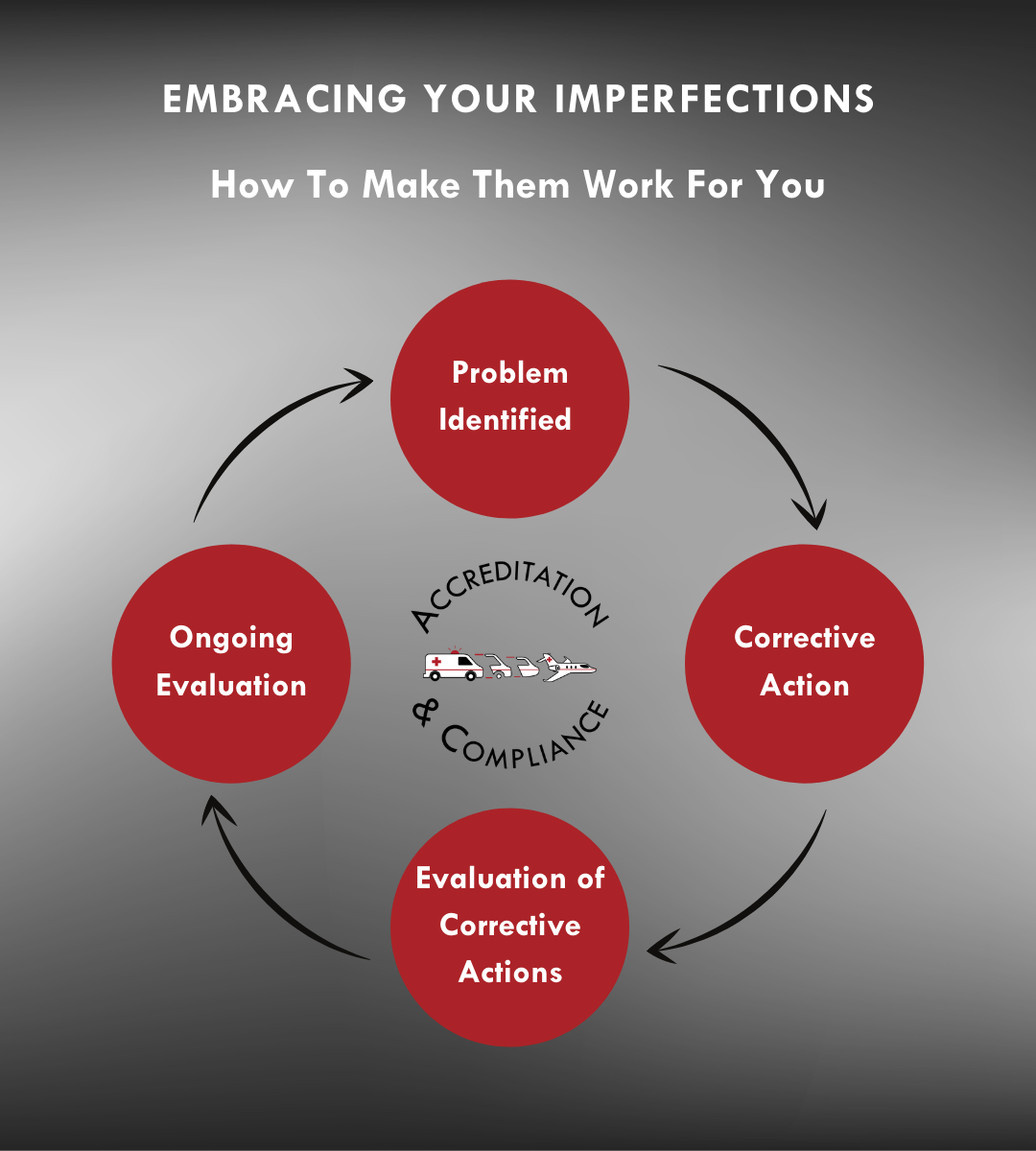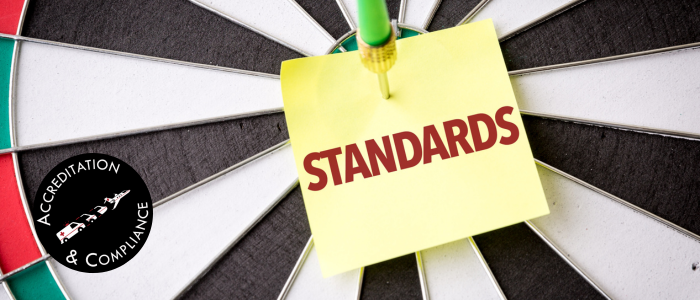In the critical and dynamic field of air medical transport, the foundation of operational success and reliability is deeply rooted in the establishment and adherence to robust internal quality standards. These standards are not just operational guidelines; they are the essence of ensuring safety, medical precision, and overall excellence. Below, we explore the pivotal components that make up these internal quality standards and discuss strategies for effectively communicating these values, thereby reinforcing trust and transparency with clients and the broader public.
They are different than those set by accrediting bodies such as CAMTS, EURAMI and NAAMTA.
Defining the Pillars of Internal Quality Standards

Safety Protocols
Safety is the paramount concern in air medical transport. High-quality standards in this domain involve comprehensive safety protocols that cover regular aircraft maintenance, strict compliance with aviation regulations, and extensive emergency preparedness training for all team members. This ensures the safety of patients, crew, and medical personnel at all times.
Medical Expertise
The core mission of air medical transport is to provide top-tier medical care during transport. This necessitates stringent protocols for medical procedures, ongoing education & training for medical staff, and adherence to best practices in patient care. Ensuring that medical teams are equipped with the latest knowledge and technology is crucial for delivering life-saving care.
Response Time
In emergencies, the speed of response can be the difference between life and death. Internal quality standards must specify objectives for response times, aiming for swift deployment and efficient transport to ensure that critical patients receive the care they need without unnecessary delay.
Communication
Effective and clear communication is essential for the seamless operation of air medical transport services. Standards should include protocols for internal communication among crew members, as well as external communication with ground staff, hospitals, and other medical facilities. This ensures that all parties are informed and can coordinate effectively to provide the best possible patient care.
Communicating Quality Standards to Build Trust
Website Transparency
An informative, accessible website is a powerful tool for demonstrating a company’s commitment to quality. By dedicating sections to safety, medical expertise, and response times, companies can offer reassurance to potential clients about their professionalism and dedication to high standards.
Social Media Engagement
Social media platforms offer opportunities for engagement and transparency. Companies can share insights into their operations, highlight training initiatives, and showcase testimonials from satisfied clients to build trust and credibility.
Educational Content
Producing educational content related to air medical transport not only demonstrates expertise but also helps raise awareness about quality standards. Blogs, infographics, webinars, and videos can be used to inform the public and clients about safety measures, medical protocols, and the company’s dedication to excellence.
Client Outreach
Direct communication with clients is essential for fostering trust and addressing any concerns. Companies can organize client seminars, participate in industry events, and conduct surveys to gather feedback and demonstrate their commitment to quality.
Conclusion
In the dynamic and high-stakes field of air medical transport, establishing and communicating internal quality standards is paramount. By defining stringent protocols for safety, medical expertise, response times, and communication, companies can uphold excellence in their operations. Through transparent communication via websites, social media, educational content, and direct outreach to clients, air medical transport companies can instill confidence and reassure the public of their unwavering commitment to quality without relying on third-party audits. In doing so, they not only elevate their own reputation but also contribute to the advancement of the industry as a whole.
To learn how Medical Transport Accreditation & Compliance can help enhance your internal operating processes, reach out today.

